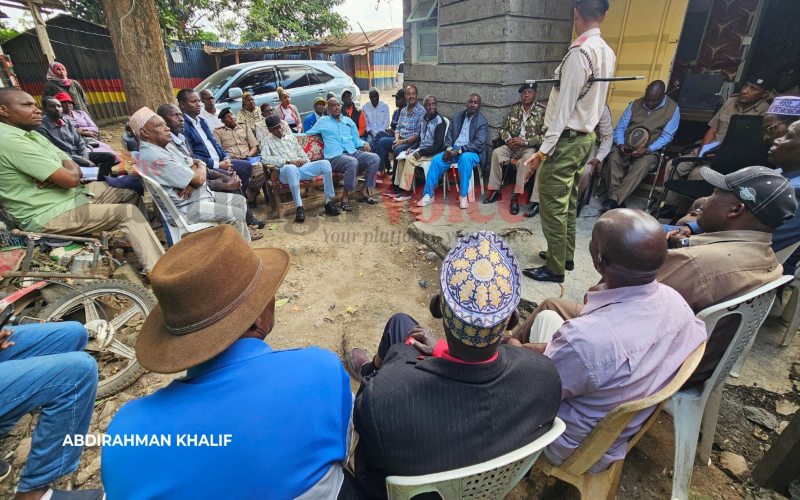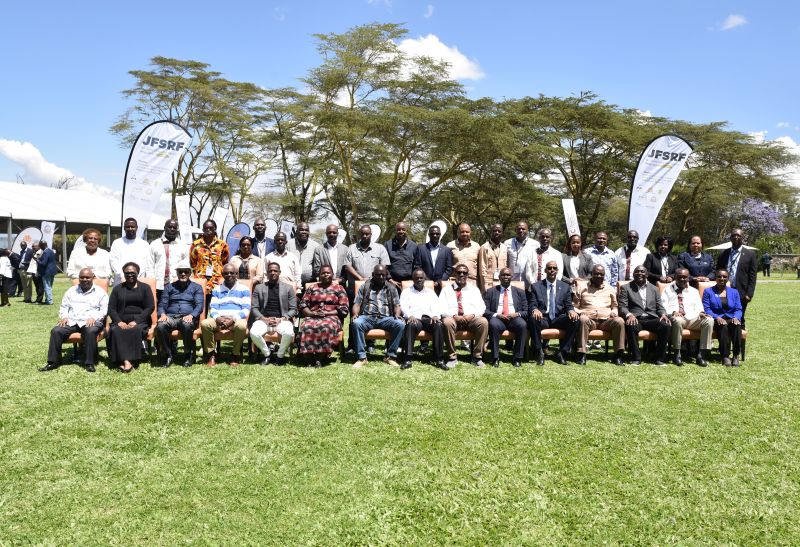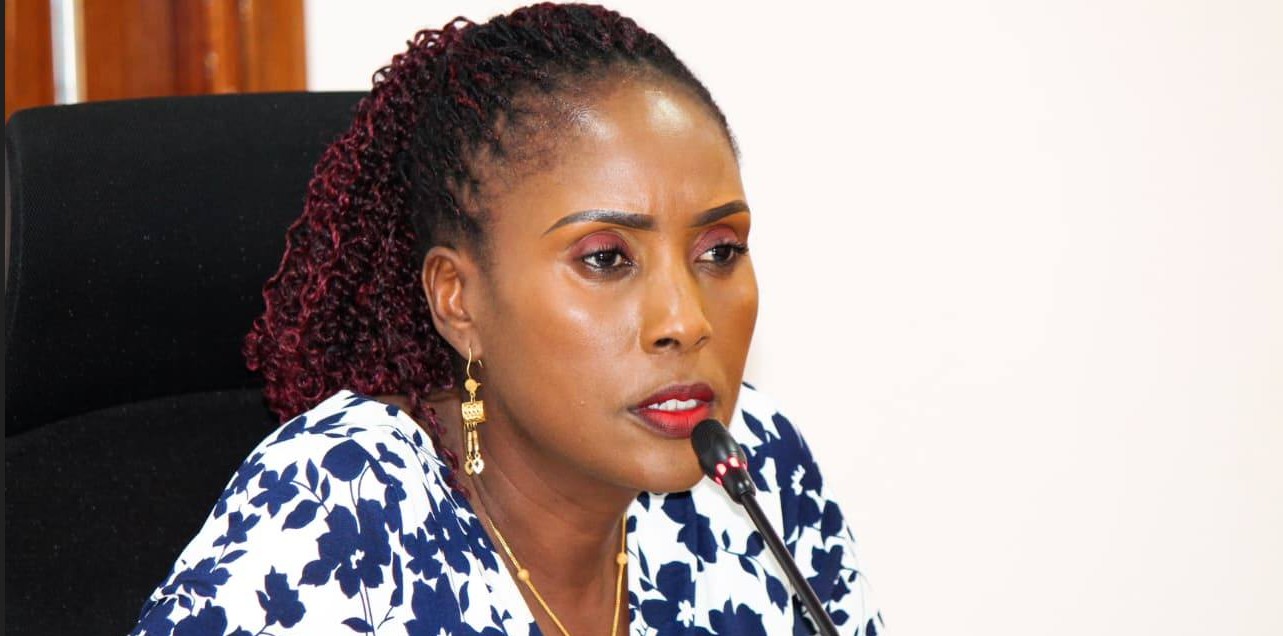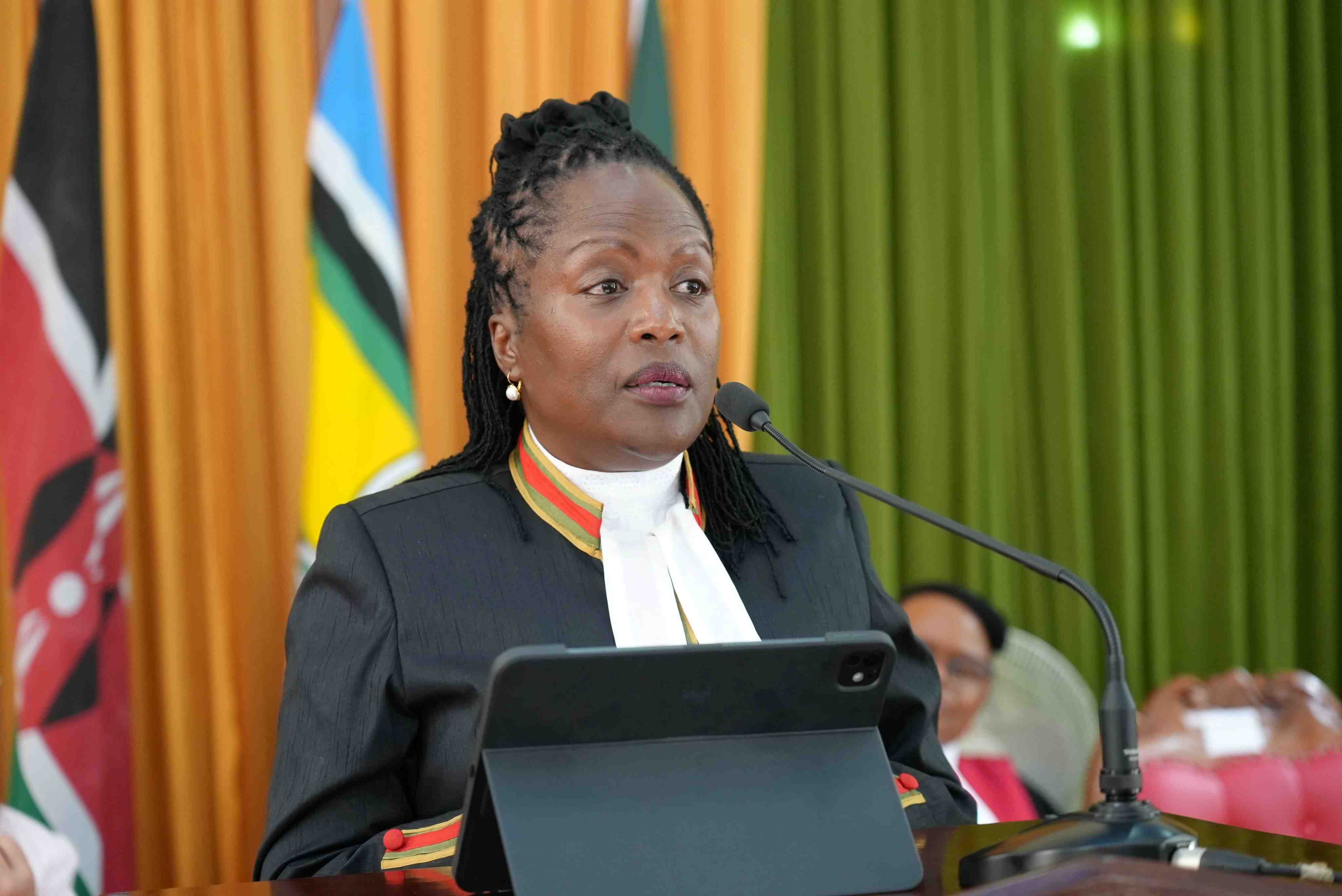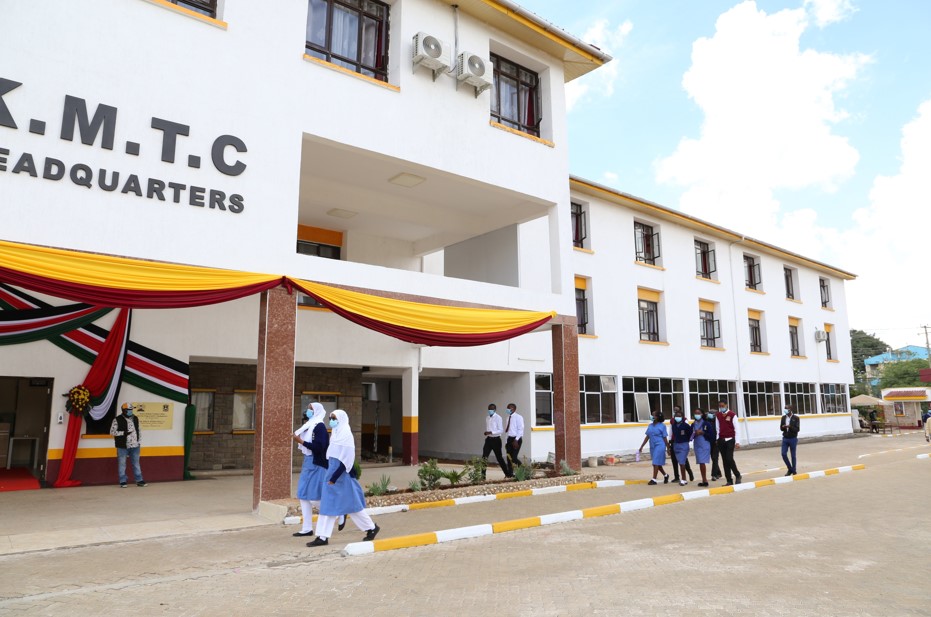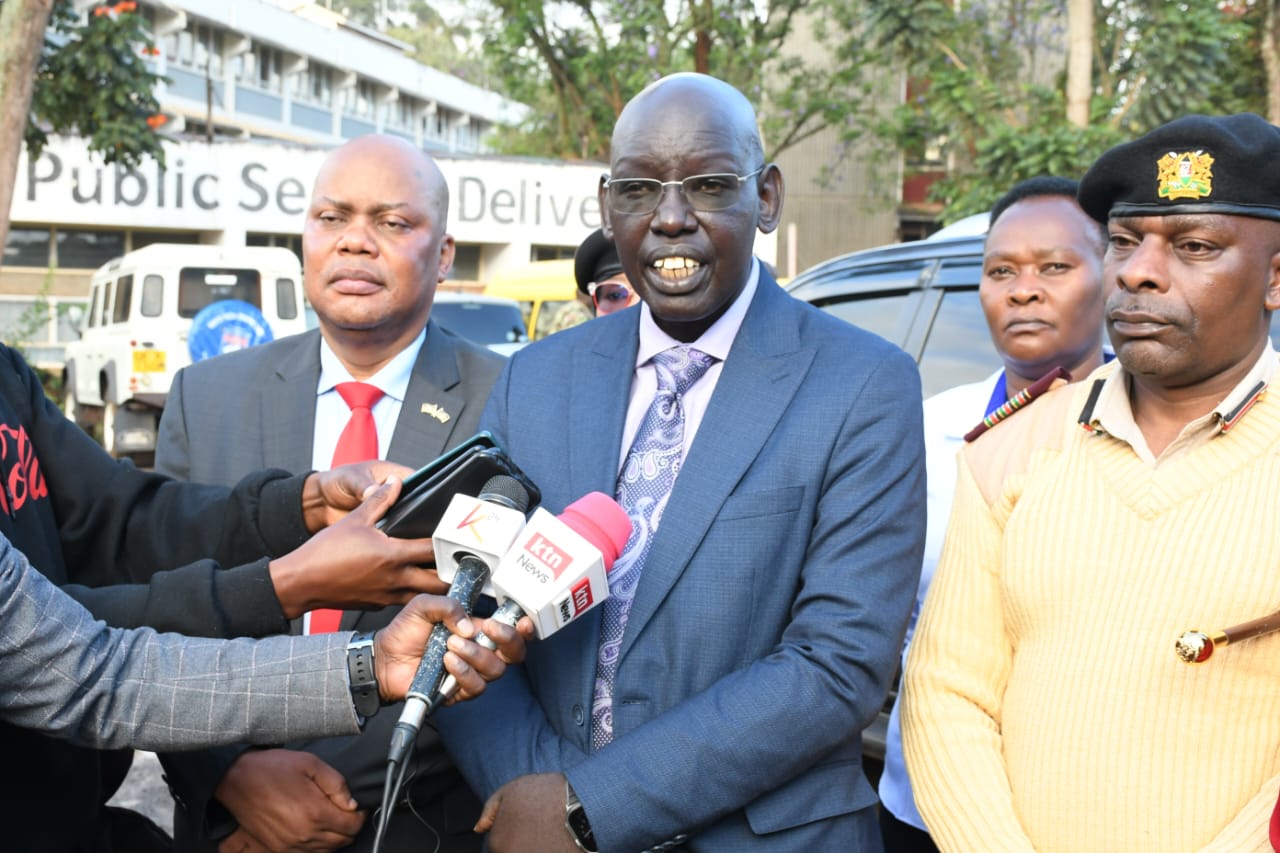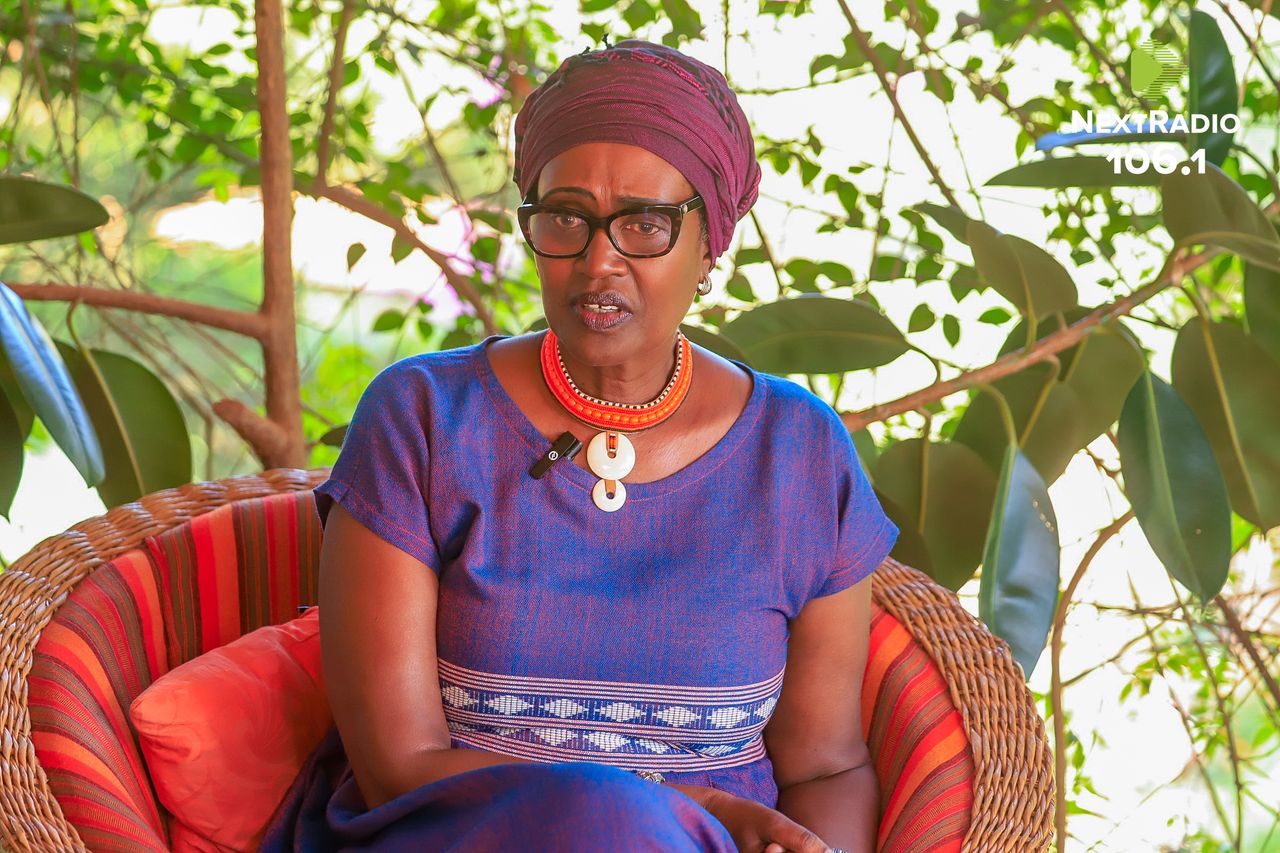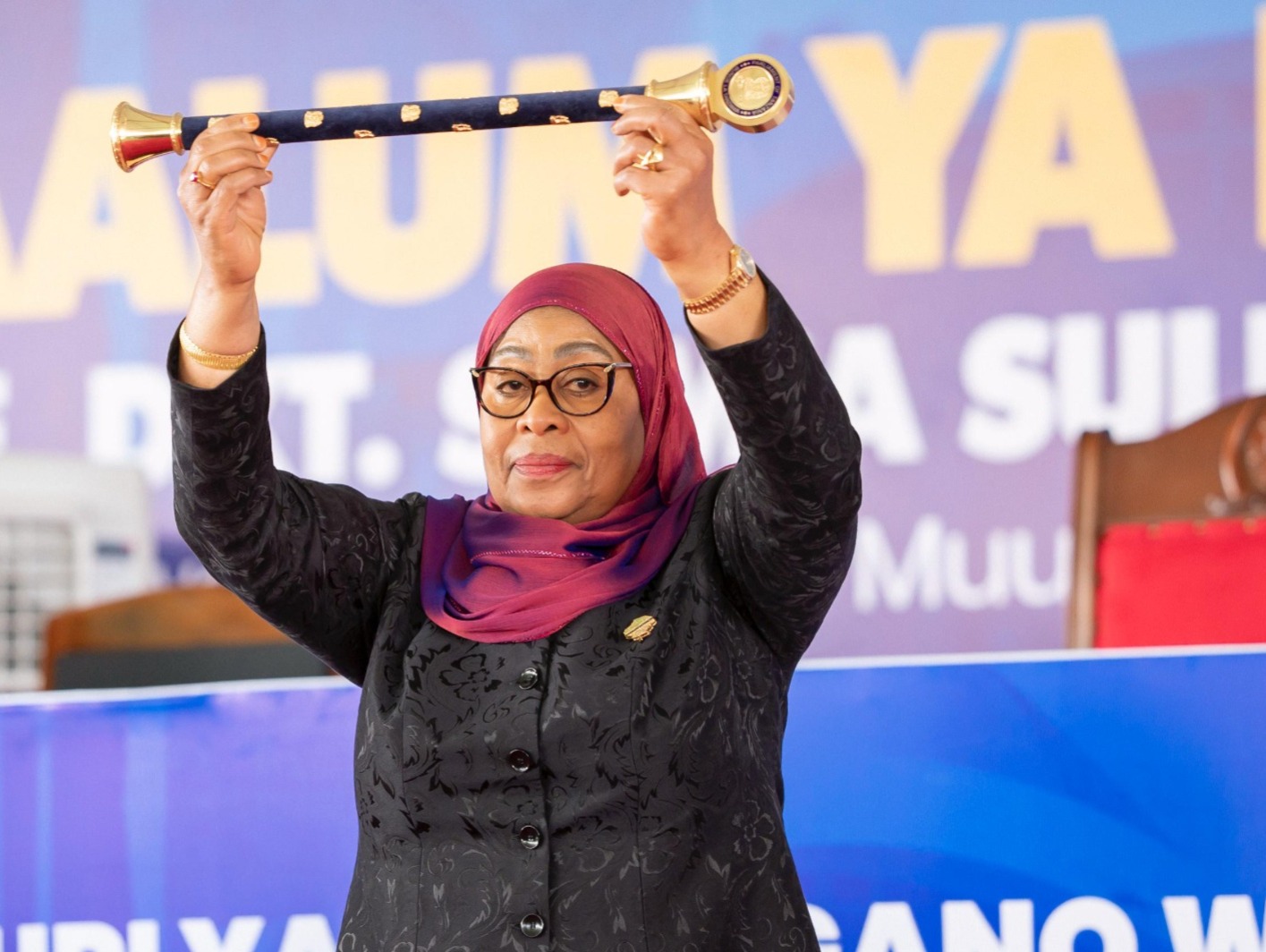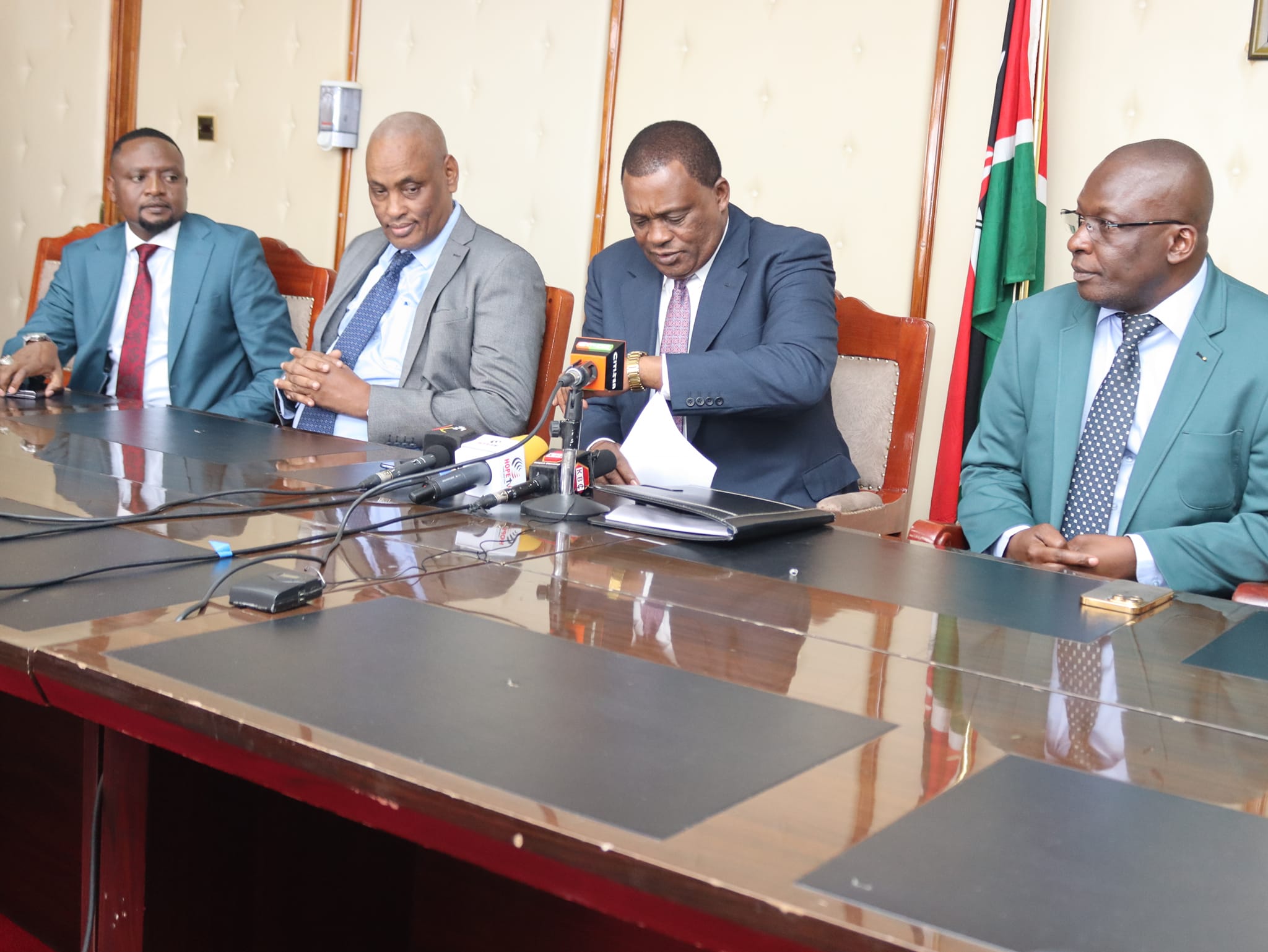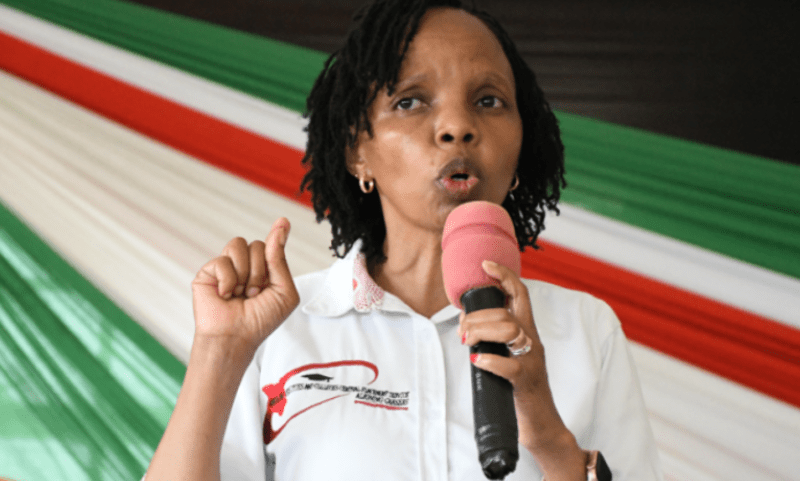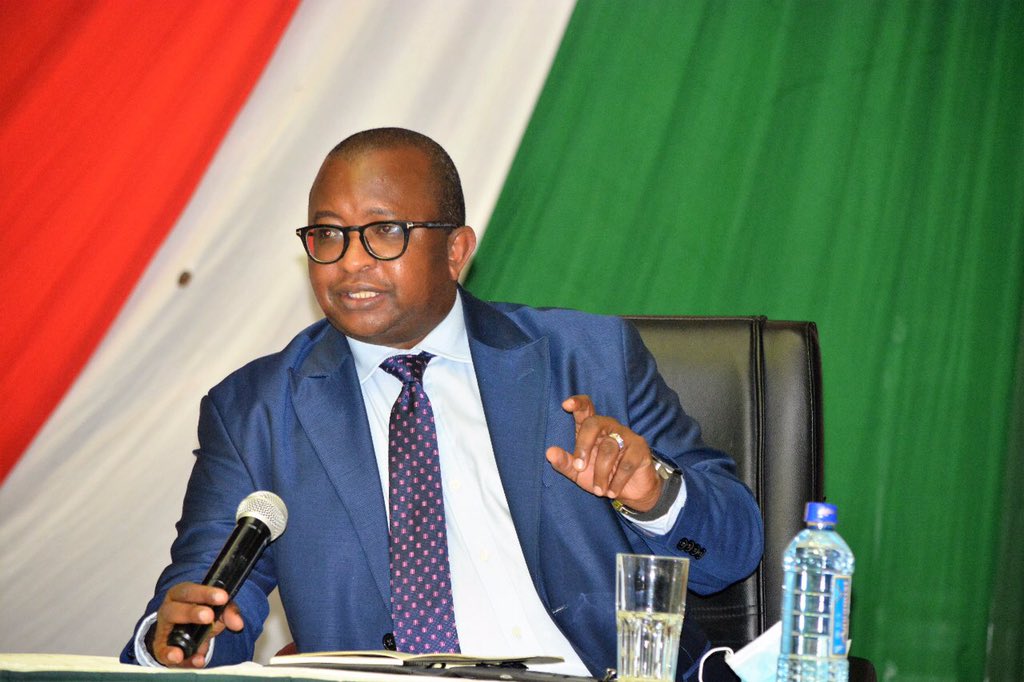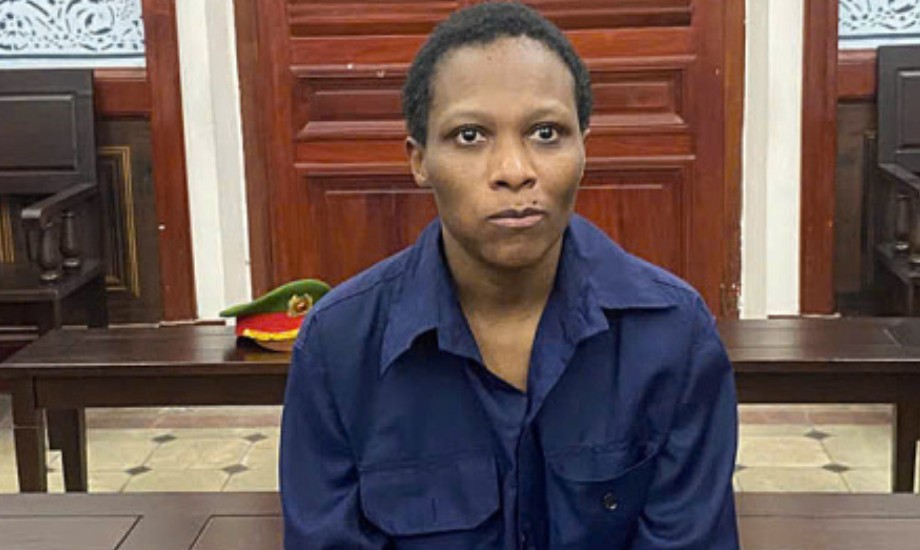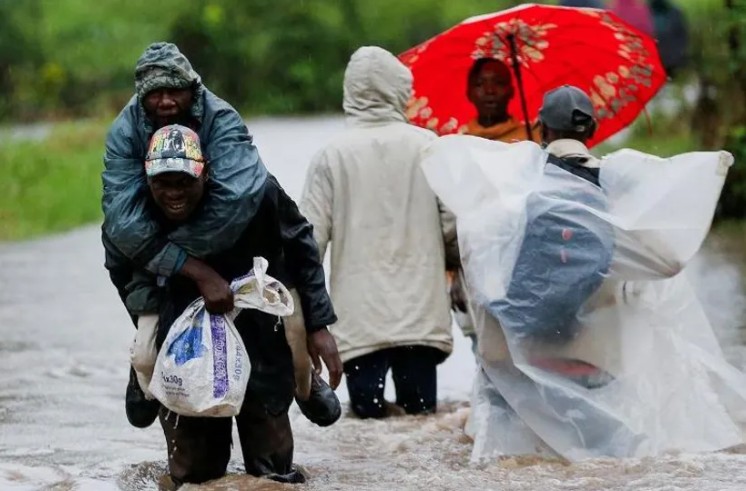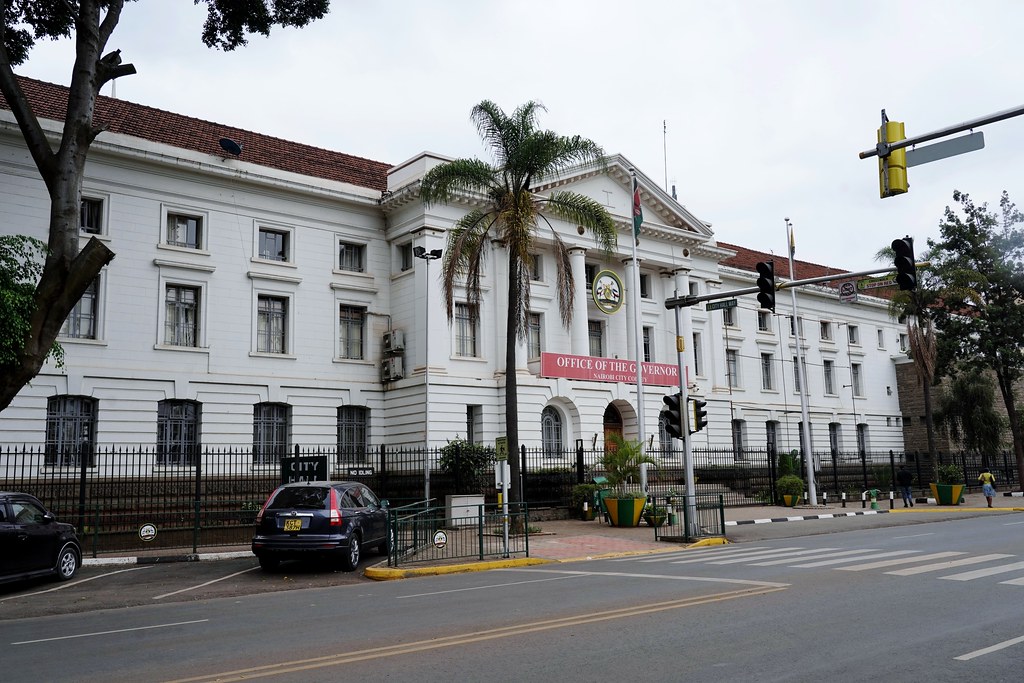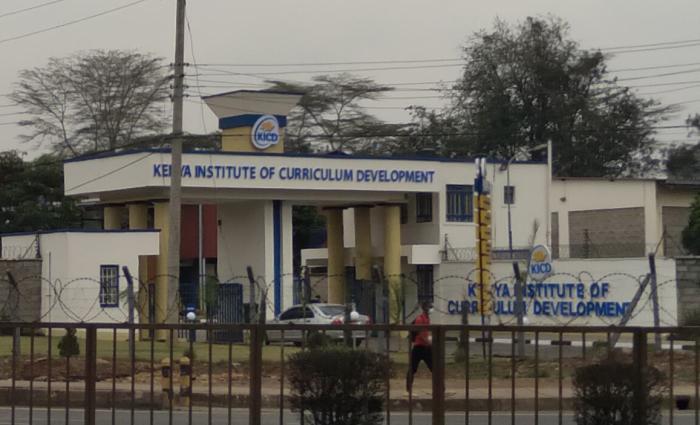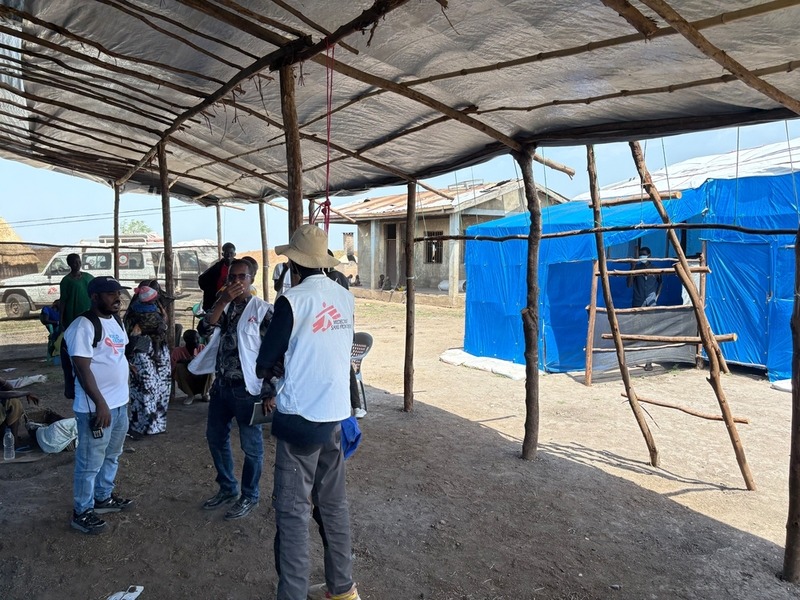Explainer: How Kenya is struggling to curb maternal, newborn deaths amid gaps in healthcare
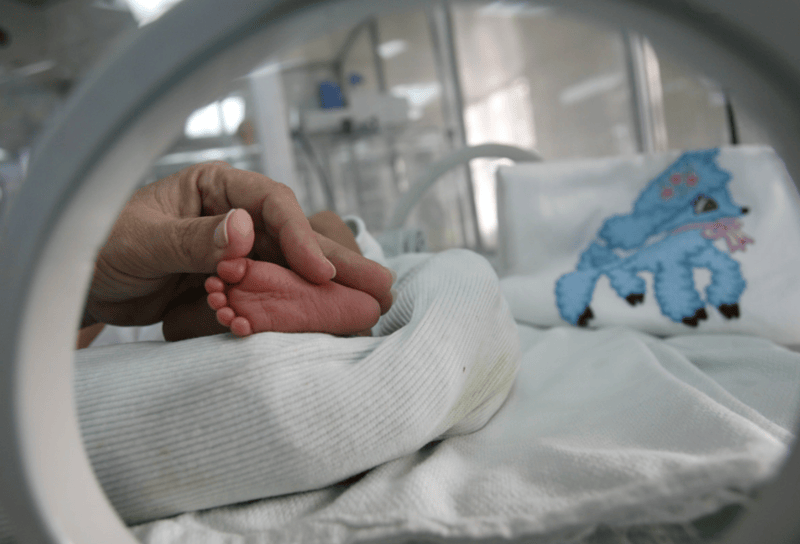
Between 2017 and 2021, maternal deaths more than doubled—from 409 to 1,053—while 4,307 newborn deaths were recorded in 2021. Prematurity, birth asphyxia, and sepsis are leading causes of newborn deaths. For mothers, postpartum haemorrhage, sepsis, and pre-eclampsia are the primary culprits.
Despite global progress in healthcare, maternal and newborn deaths remain alarmingly high—one preventable death occurs every seven seconds worldwide.
Kenya is no exception. Thousands of women continue to face life-threatening complications during pregnancy and childbirth, while many newborns do not survive beyond their first month.
More To Read
- Health Ministry rolls out new oxygen equipment to hospitals
- Jaramogi Oginga Odinga Referral Hospital performs first lung removal surgery
- Schools told to set up lactation rooms as PS Muthoni pushes for maternal support
- Health Ministry tops list of NHIF debtors with Sh7.8 billion owed- RUPHA
- SHA board names 23 assistant directors following competitive recruitment process
- MSF raises alarm over worsening cholera epidemic in DRC, over 58,000 cases reported
As the world marks World Health Day, Kenya is falling behind on global targets to reduce maternal and neonatal mortality by 2030. Systemic gaps in care continue to undermine progress.
Grim statistics
According to the Ministry of Health, Kenya’s maternal mortality ratio stands at 355 deaths per 100,000 live births—about 5,000 maternal deaths annually. Neonatal mortality remains concerning at 21 deaths per 1,000 live births, amounting to approximately 33,600 newborn deaths each year.
Between 2017 and 2021, maternal deaths more than doubled—from 409 to 1,053—while 4,307 newborn deaths were recorded in 2021. Prematurity, birth asphyxia, and sepsis are leading causes of newborn deaths. For mothers, postpartum haemorrhage, sepsis, and pre-eclampsia are the primary culprits.
Preventable causes
Most maternal and newborn deaths are preventable with timely and quality healthcare. Severe bleeding after childbirth, infections (especially post-delivery or from unsafe abortions), and pregnancy-related hypertension—such as pre-eclampsia—are among the leading causes of maternal mortality.
Unsafe abortions remain a significant contributor, particularly in areas with limited access to safe procedures. Obstructed labour without prompt intervention also endangers both mother and child.
Among newborns, premature birth complications, infections such as sepsis and pneumonia, birth asphyxia, and malnutrition are leading causes of death. The lack of access to essential services—including skilled birth attendants, vaccinations, and neonatal care—worsens the situation.
Research shows that many of these deaths occur in low-resource settings, where investments in healthcare infrastructure, staffing, and timely interventions could save lives.
A 2023 report by the Auditor-General paints a bleak picture of systemic neglect in the delivery of maternal and newborn healthcare.
Only 10% of maternal health programmes in Kenya are funded by the government. The remaining 90% rely on donor support, raising concerns as external funding dwindles.
Equipment shortages are widespread. In West Pokot, only one of every three delivery beds is functional. Many facilities operate with outdated or unused equipment. In Isiolo County Referral Hospital, only nine delivery kits are available to handle 10–15 births a day. Some facilities use rusted and unhygienic tools, increasing infection risks.
Overcrowding is another major issue. At Mbagathi Hospital, Bungoma, and Pumwani, mothers—some recovering from C-sections—are forced to share beds. Many are discharged within just two to six hours of giving birth, leaving them vulnerable to untreated complications.
Antenatal care services are inadequate, especially at Level 2 and 3 facilities, which lack essential services such as ultrasound scans. Women are often forced to seek advanced care too late due to dysfunctional referral systems. Emergency transport is unreliable—many ambulances are poorly equipped, lack fuel, or are replaced by private cars that lack medical essentials.
Neonatal care is equally strained. In some units, two to three babies share a single incubator, increasing cross-infection risks. Kangaroo Mother Care (KMC), a vital intervention for preterm babies, is poorly implemented due to a lack of designated beds and staff training.
In regions like Garissa, a shortage of community health workers means many women are unaware of the importance of at least four antenatal visits—crucial for identifying and managing pregnancy complications early.
Kenya ranks fourth among African countries with the highest maternal mortality rates, according to a 2024 USAID report on Preventing Child and Maternal Deaths.
"The country records 594 deaths per 100,000 live births—well above the UN Sustainable Development Goal (SDG) target of 70 per 100,000," the report says.
With nearly 90% of maternal health programmes reliant on donor support, experts warn that dwindling funding could reverse the gains made in recent years.
Slashed budget
In the 2024/25 budget, funding for the Linda Mama initiative—previously run under the National Health Insurance Fund (NHIF)—was cut from Sh4 billion to Sh2 billion.
Since its inception, Linda Mama has contributed to a rise in hospital deliveries, with births increasing from 948,000 in 2016 to 1.19 million in 2019. Before this, many women relied on traditional birth attendants, contributing to Kenya’s high maternal mortality rate—488 per 100,000 live births in 2008/09. By 2022, this had decreased to 342.
According to the Kenya Demographic and Health Survey (2022), under-five mortality dropped from 52 to 41 per 1,000 live births, while infant mortality declined from 39 in 2014 to 32.
The revised Linda Mama package under the Social Health Insurance Fund (SHIF) covers antenatal and postnatal care, delivery services, newborn care, and treatments such as Anti-D serum. However, mothers must register and pay premiums based on a means test, with government coverage reserved only for indigent mothers.
SHIF now allocates Sh11,200 for normal deliveries and Sh32,600 for C-sections—up from NHIF’s Sh2,500 and Sh5,000, respectively. The new programme offers more comprehensive family coverage, though concerns remain about affordability for uninsured mothers.
Healthcare Strikes
During the clinical officers' and doctors' strike in February, a spot check by Eastleigh Voice revealed that some mothers were turned away from health facilities. Women seeking treatment were redirected to other hospitals or told to return later. Nurses in Nairobi have also threatened to strike, adding to the instability in an already fragile system.
Healthcare disruptions due to strikes have heightened risks for women and newborns, especially those requiring emergency care.
The World Health Organisation (WHO) warns that based on current trends, four in five countries are off-track to meet maternal survival targets by 2030. Additionally, one in three countries is unlikely to reduce newborn deaths as required.
WHO calls for high-quality care that supports women physically and emotionally before, during, and after childbirth. Health systems, it says, must adapt to address not just obstetric complications but also mental health, noncommunicable diseases, and access to family planning.
Laws and policies that protect maternal health and uphold women’s rights are essential. WHO’s campaign urges greater investment in maternal and newborn health and calls for collective action to support both families and healthcare workers.
WHO Director-General Tedros Adhanom stated: “While more mothers and children are surviving today than ever before, every seven seconds, a mother or baby still dies from a preventable cause.
This is why WHO, UNICEF, and UNFPA launched the ‘Every Woman, Every Newborn, Everywhere’ partnership and the ‘Child Survival Action’ initiative—to strengthen health systems and prevent avoidable deaths.”
Top Stories Today

